The idea of ‘Investing’ is exciting and appealing to many of us. But there are a number of things to consider before you start investing. Part 1 of this guide explores these ‘things’ and will put you in a great position to start your investing journey.
Hello!
Welcome to my Beginners Guide on How to Start Investing!
This is the first part of my three-part guide, so don’t forget to continue reading on for part 2 and 3 once you’ve finished with this post!
Introduction
Everyone is aware of the idea of investing – you invest a set amount of money into an asset with the goal that it will increase in value. However, as tempting as it may be to start throwing your money into investments right away, there are some things you should consider before you start investing. That’s what this blog post is for – to bring to your attention what these ‘things’ are.
In this post we are going to cover the following essential things to consider before you start investing:
The Importance Of Having An Emergency Fund
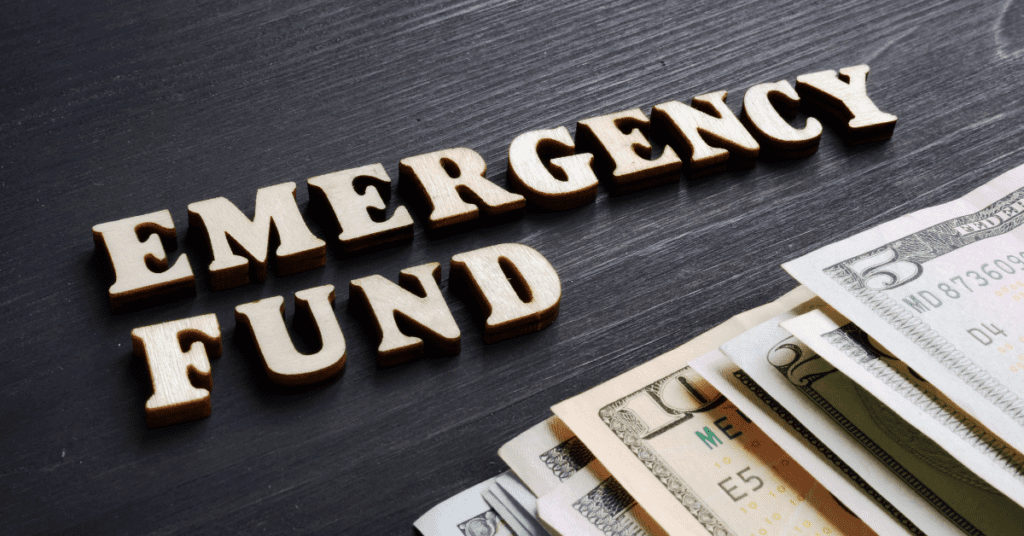
First and foremost – setting up an emergency fund is perhaps the most important thing you could ever do before you start investing!
That’s why the bulk of this post is dedicated precisely to just that.
There are plenty of reasons why you should set up and hold an emergency fund.
But most importantly, an emergency fund acts as a safety net for any unexpected financial expense that may present itself.
It’s money that is set aside for that rainy day, whether it be you losing your job, your car breaking down, or an unexpected medical expense.
Whatever the unexpected expense may be – your emergency fund is what allows you to make financial decisions quickly in an emergency situation and importantly, protect you from getting into unnecessary debt.
In fact, your emergency fund will perhaps be the most psychologically important financial decision you ever make.
That’s because when you have an emergency fund, you’re safeguarded from unexpected financial emergencies.
I know that all sounds good on paper, but how achievable is it to actually develop a sizeable emergency fund that can safeguard you from financial emergencies?
Because trust me, I get it…
I know living paycheck to paycheck may be a common way of life for many of us, often feeling like there is no way to break the constant cycle that is the daily grind.
But the fact is that living like this can lead to unnecessary stress.
This is where building an emergency fund before you start investing can act as a saviour, and it doesn’t have to alter your lifestyle or change your spending habits in a dramatic way.
How To Build An Emergency Fund
Ultimately, the key to building an emergency fund is consistency.
The idea of saving a huge chunk of cash upfront can be overwhelming, so starting small can feel much more attainable.
In terms of starting out with an emergency fund, setting a goal to reach an initial amount of $1000 to $2000 is a common starting point.
This figure forms a basis to help address any unexpected expenses that may arise in the immediate to short-term future.
It may not cover the full amount of an emergency expense – but it’s a start and it will be the foundation of your fund.
So whatever amount of money you can quickly come up with and put aside into your emergency fund should be one of your top priorities.
Even if that means scouring through your home or garage and finding any items that you no longer need which you could palm off on Facebook marketplace or Craigslist for an extra buck or two…
Whatever it takes to get an initial amount into your emergency fund – even if that amount is $100, $200 or $500, it’s better than nothing.
If you are able to commit to making regular deposits from your weekly, fortnightly or monthly paycheck, then that’s great – it will allow you to build your emergency fund even quicker!
However if taking a percentage of your wage and adding it to your emergency fund is outside of what your current lifestyle allows at this current point in time, then you can always start on a smaller scale.
Because the thing is, once you have an initial amount in your emergency fund for short-term potential emergencies, you can gradually start growing it without making major lifestyle changes.
The easiest way to grow your emergency fund is to set automatic transfers from your everyday bank account into your emergency fund.
Small but frequent transfers can lead to impressive results much quicker than you expect, especially if they are on autopilot.
If you set an automatic transaction to transfer just $20 a week into your fund, after a year that will have turned into $1040, or $50 a week into $2600 and so on…
Setting and forgetting is a great way to let your emergency fund accumulate over time!
Another great way to add to your emergency fund is any extra income you may earn each year, such as a tax refund! If you can rely on your usual income to cover your expenses, then changing your mindset to view additional income payments like tax returns as a way to safeguard you against emergencies instead of extra money to spend, then you can use this to boost your emergency savings.
Trust me, the psychological feeling of knowing you have a nice bucket of cash saved for that rainy day is an incredible relief.
How Much Is Enough?
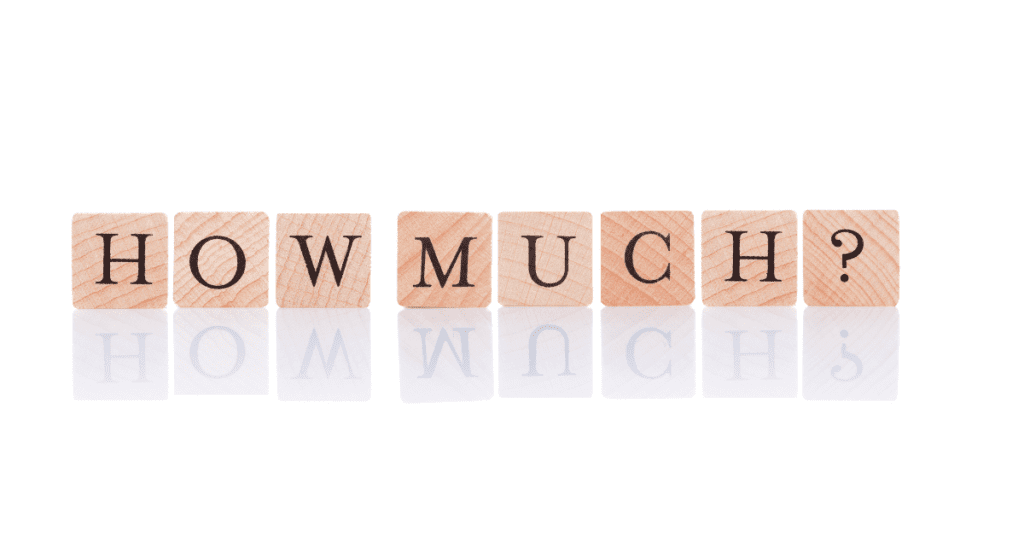
Okay, so achieving an initial emergency fund amount of $1000 to $2000 is a good starting point, but at what point can you call enough’s enough?
The reality is that the answer to this question is dependent upon your individual circumstances.
But we can get a better understanding of how much we should aim to hold in our emergency fund by understanding some actual emergencies that anyone could be subject to. I know we briefly touched on what an emergency situation may entail already, but let’s now look a little deeper.
For the vast majority of us, most of our income comes from a single source – the wage we earn from our job(s).
So because of this, we are prone to a single point of failure. If we lose our job, we lose the majority of our annual income.
And no matter how stable we think our job may be, there will always be a chance that we may lose our jobs. Not even just that, but if for whatever reason we have to take unpaid extended leave for personal reasons, would going without a stable income for extended periods of time be possible?
In other words, what would you do if you lost your job and didn’t have an emergency fund?
So the amount to hold in your emergency fund ultimately comes down to how long would you be comfortable knowing you could support yourself without an income flowing into your bank account.
It may take a few weeks, or even months to find a new job. So for me personally, I want to make sure my emergency fund has enough in it to cover my living expenses for a couple of months upon the unfortunate event that I do lose my job.
But job security is not the only reason to hold an emergency fund for.
Another reason may be that you don’t have comprehensive health insurance, or in some cases, any at all. If this is the case and a medical emergency comes up, you could be left trying to scrape together funds to cover the treatment.
Or take this personal sequence of unfortunate events that happened to me recently within just a span of 6-months to demonstrate why having an emergency fund is helpful.
- Car theft: Suspect maliciously damaged my vehicle and sawed off the interior exhaust to sell for scrap metal. Thankfully I had comprehensive insurance taken out on this car, but I still had to pay out-of-pocket expenses in the form of excess policy payments to have it repaired and restored to its original condition. Unexpected expense incurred by me: $800
- Home broken into: Just 4-months later, my rental property was broken into, with over $4,000 worth of goods stolen. These were never tracked down by the police. Unexpected cost incurred by me after my home/contents insurance kicked in: $1200.
Total unexpected expense incurred by me in the 6-month period: $2000
As much as it really sucked to fork out $2000 for events that were completely out of my control, I had an emergency fund that allowed me to cover these costs without panicking and stressing over how to scramble together these costs.
And I think that right there is the key point. The peace of mind that having an emergency fund provides you during times of emergency – that alone is invaluable.
I share my own experiences in the hope that it demonstrates just how unexpected events can pop up in our lives that come with hefty expenses.
If I didn’t have an emergency fund when those events happened, I would have been stressing and worrying about how to pay off these expenses. I may have been forced to ask family members for help, or worse, take on high-interest debt to cover my expenses.
So with all that said, the amount that I try to hold in my emergency fund is equal to three times my monthly living expenses. And this isn’t just some figure plucked out of thin air, this is recommended by people a lot smarter than me (such as the Barefoot Investor, a reputable financial advisor from Australia).
The idea behind this figure is that it gives you a conservative factor of safety, or tolerance.
What I mean by this is – If you lose your job, and if you have 3-months of living expenses stored in your emergency fund, then you have 3-months to find a new job.
Or if you encounter several emergency expenses in close proximity to one another, a bucket equal to 3-months’ worth of expenses puts you in a good position to be able to tackle most emergencies that could come your way.
Let me emphasise that this is 3-times your monthly living expenses – not your monthly income. Because there is an important distinction between these two.
Let me explain.
If you are someone who enjoys buying luxury products and fine dining for example, then your living expenses are likely to be higher than someone who lives a frugal lifestyle and minimizes their spending on non-essential items. So the actual dollar amount of 3-month’s worth of living expenses could be vastly different between you and me.
This is why the dollar amount that you should put aside into an emergency fund is extremely subjective. It is dependent upon your lifestyle. Instead, it is better to look at your emergency fund as a measure of how much time it gives you in the event that you lose your job or encounter multiple emergencies within a short timeframe – how long will your emergency fund be able to keep up with your living expenses?
Another way to look at it is – the riskier that your lifestyle is, eg. the higher amount of credit card debt, loans, mortgage, medical expenses etc. you have, or the more people that depend on your income, then the larger your emergency fund should be.
Where Should I Keep My Emergency Fund?
We know how much to put into our emergency fund, but where do we keep it?
This is a very important consideration when setting up your emergency fund. You want your emergency fund to be accessible in the event of an emergency… After all, that is why it exists…
But at the same time, you also don’t want it to be integrated with your everyday expense account. In other words, you don’t want the fund to be too easy to get to.
It is typically recommended to keep your emergency fund in an account that is held with an entirely different bank, separated from the bank you use for your everyday spending/checking accounts.
The reason for deliberately separating your emergency fund from your usual bank account is to prevent the temptation of spending your emergency fund on things that aren’t… well, emergencies.
This is especially the case if you don’t have a high level of self-discipline…
On the other hand, if you do possess the self-constraint to not dip into your emergency fund for non-emergencies, then you can always just open another account with your current bank. It’s ultimately up to you – no one will be on your case yelling at you if you do dip into your emergency fund, so only you can be the one who holds yourself accountable.
For me personally, I prefer to keep my emergency fund in a high-yield savings account so that my money is still earning some additional interest for no extra work at all.
Although, finding a high-interest savings account these days is hard to come by, especially in the current economical environment and high inflation rates. So although you might not be able to find an account that outpaces the effects of inflation, any additional interest you can earn is a bonus.
I live in Australia, and the main high-yield savings accounts I use are ING and uBank. These accounts have a 4-5% interest rate, which isn’t outpacing inflation but it is still a hell of a lot better than 0%!
If you want to learn more about these accounts, I’ve written separate posts for each, so feel free to check them out below 🙂
Remember, the whole purpose of an emergency fund is to have cold-hard cash on hand that is ready to go at a moment’s notice.
ING Referral Code: $125 Signup Bonus + 5.5% High-Yield Savings Account
Boost your savings with ING high-yield savings account, tailored for Aussies. Unlock 5% interest & grow wealth faster!
Read MoreMaximize Your Savings with Bonus Interest Rates – The Ubank Saver Account
Maximize your savings with uBank Saver Account! With just a monthly deposit of $200, access a bonus interest rate of 4.25%. No large deposit or high transactions required. Start growing your savings today!
Read MoreShould I Have An Emergency Fund If I am In Debt?
If this question has crossed your mind during the span of reading this blog post, then I commend you since it shows that you realise the importance of paying off debt before you start investing.
But should you prioritize paying off your debts or building an emergency fund? The answer is actually both.
Ideally, you want to establish a baseline emergency fund even if you are paying off your debt.
Remember how I mentioned earlier about doing whatever means necessary to get that first $1000-$2000 in your emergency fund?
Well that logic still applies here. By having this money set aside, it protects you from taking on even more debt.
It’s there to enable you to cover any unplanned expense, like a car or home repair.
But after you have established your initial baseline emergency fund, it may be time to steer your money towards paying off your debt. So rather than continuing to build solely on your emergency fund towards that 3-month worth of expenses figure we talked about, you may instead want to prioritize using any additional savings you can set aside to pay off your debt.
And this is a perfect leeway to end our discussion on emergency funds and drive our discussion to the next topic you should consider before you start investing.
Track Your Expenses And Cut Unnecessary Costs
One of the things that you will come to learn (hopefully) about investing is that small, seemingly insignificant contributions can lead to overwhelmingly large returns over extended periods of time.
So one of the most important things to consider before you start investing is to understand and track your expenses so that you can identify your spending habits and cut unnecessary costs.
I talk a lot about expenses and how different lifestyles can make or break your potential to become wealthy in Part 2: How To Start Investing.
But just to emphasise how small expenses over time can accumulate into massive forgone losses, consider the long term opportunity losses of spending $5 on a coffee each day. It may not seem like much but if you propagate this out and do the math – $5 each day over a 40 year period equates to a total expense of $73,000.
But the interesting part is to consider how much that $73,000 spent over that 40-year period could have earned you had you instead invested it in the stock market.
If you instead invested $5 a day into the stock market, that $73,000 would be worth more than $450,000…
And that’s just one small expense per day. Imagine all the other seemingly insignificant costs you could apply this to as well.
In fact, if you do want to estimate the true cost of any of your other ‘insignificant’ expenses, you can use the daily expense savings calculator I created.
The thing is, you don’t have to sacrifice all the things you love to see results like above. If you aren’t ready to give up your caffeine addiction, there are other small changes you can make. Do you really need every form of streaming service? Or can you survive with just one, like Netflix for example.
Maybe you can cut down how frequent you order Uber Eats, or maybe try catching a bus instead of that Uber, even if it is 15 minutes slower
You don’t have to make life-changing decisions to cut out unnecessary expenses. But once you start cutting out some of these expenses, it motivates you to continue doing more!
There are many ways you can track your expenses, one such way is to connect your bank accounts to Apps that run diagnostics and categorize your spending habits, presenting to you a clear outline of all your expenses and their respective category.
Or if you are really set on tracking your expenses, then creating a spreadsheet and documenting your monthly expenses will achieve the same result.
In fact, I have created my own detailed Expense Tracker Spreadsheet that you are welcome to access! It allows you to categorize your expenses and determine your savings rate based on your income and expenses.
You can download and access it for free below 🙂
Paying Off High-Interest Debts
The last topic on my list of things to consider before you start investing relates to paying off high-interest debts.
I’m specifically referring to those debts or loans that come with a hefty interest tag. This isn’t to try and tell you that you have to pay off your home loan before you can start investing. I am talking about the high-interest loans you might have fallen into, for example:
- Credit cards
- Car loans
- Personal loans
If you’re planning to invest in the stock market, then history has shown us that on average the market returns 8-10% per annum, but that’s not guaranteed!
But let’s say for example you have the following debts owing:
- A $5,000 credit card balance at 20%
- A personal loan of $2,000 at 12%
Now say you find yourself with some extra cash. You might now be thinking you’re facing a dilemma – should you invest this extra cash into the stock market with the idea that it will grow in the future? Or should you use this cash to pay down the above-listed debts?
The answer?
In this case, your debts are costing you more money than what you could expect the stock market to return you.
Remember, the stock market returns 8-10% on average each year, but it is not guaranteed. But the 20% and 12% interest fee on your credit card is certain.
So if your debt is accumulating at a faster rate than your investments can earn you, then you’re going to be losing money if you choose to invest.
That’s why it’s important to clear your high-interest debts before you start investing – otherwise you may fall into the trap of paying even more interest on your debts by prolonging your repayments.
The Next Step - Starting Your Investing Journey
If you have set up an emergency fund, tracked your expenses and eradicated your high-interest debt, then part 2 of my beginners guide on How To Start Investing might be just what you are after. In this post, I will explain the habits of an investor, and how you can get started investing without any prior experience, without needing large amounts of money, and without the daunting task of having to hand pick the best stocks to buy from the stock market.
How to Start Investing: Uncover practical strategies for beginners to successfully enter the investment world.

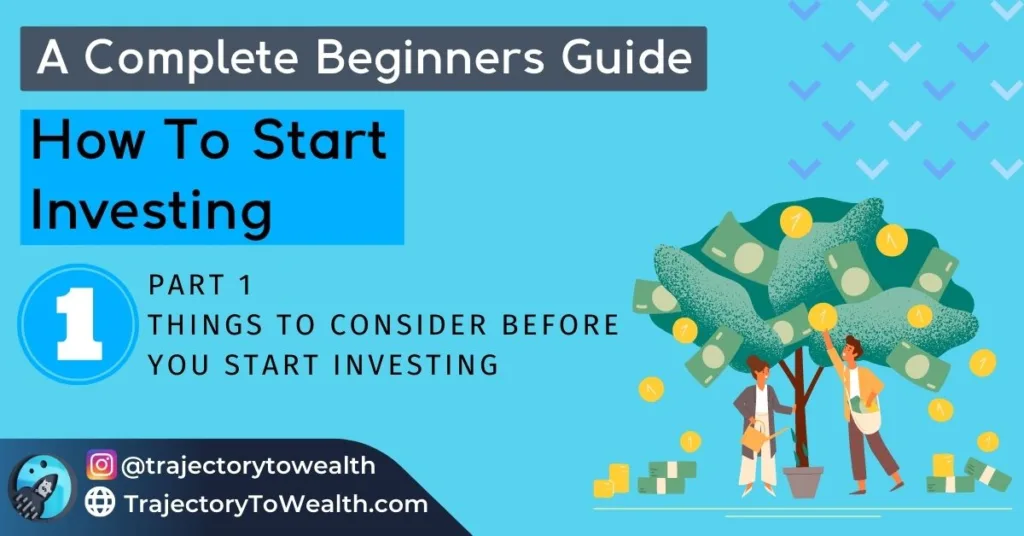
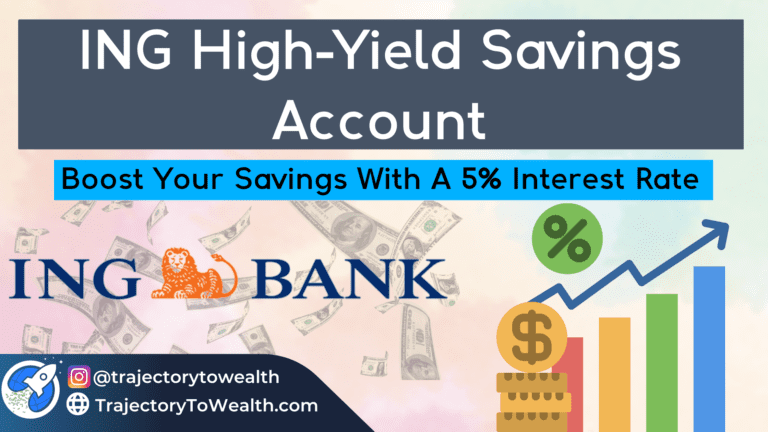

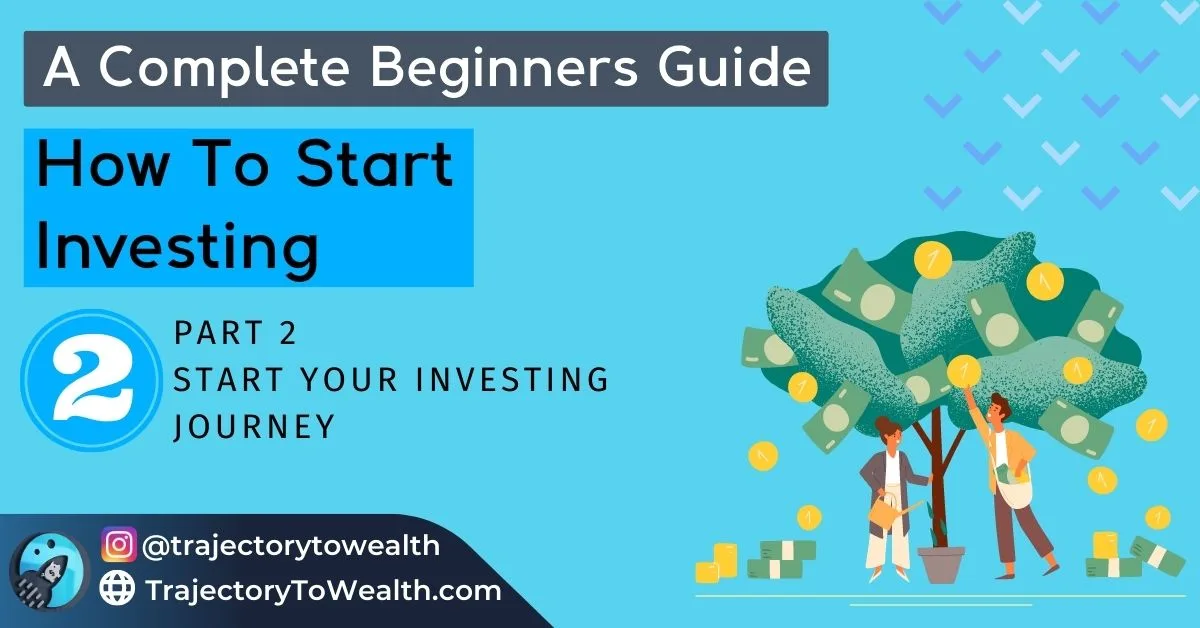


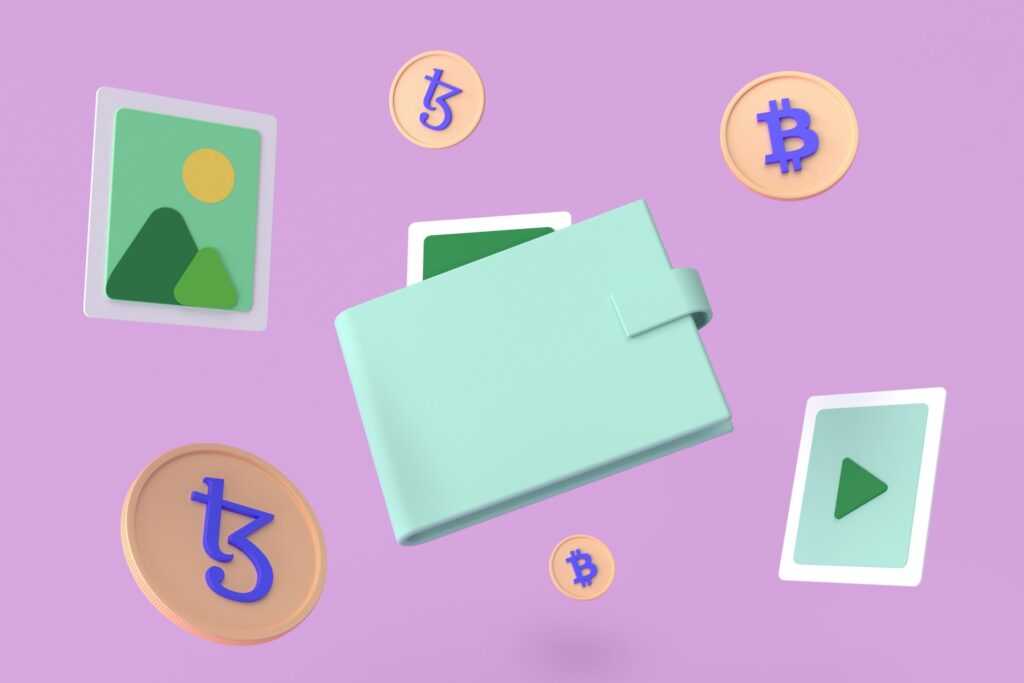
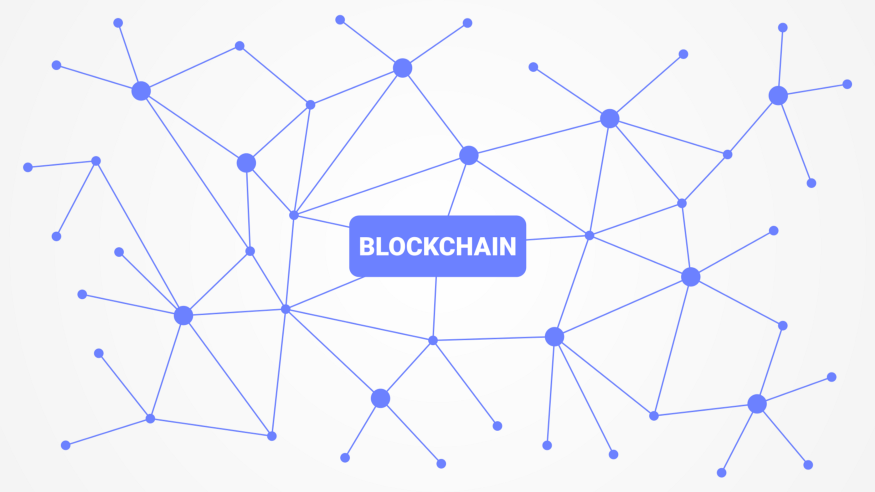
0 thoughts on “Essential Things To Consider Before You Start Investing”
Pingback: Expense Tracker Spreadsheet And Budgeting Tool Template | Trajectory To Wealth
Pingback: Canva Pro Review: The Ultimate Solution for Marketing and Creative Needs
Pingback: My Motivations Behind Creating Trajectory To Wealth | Trajectory To Wealth